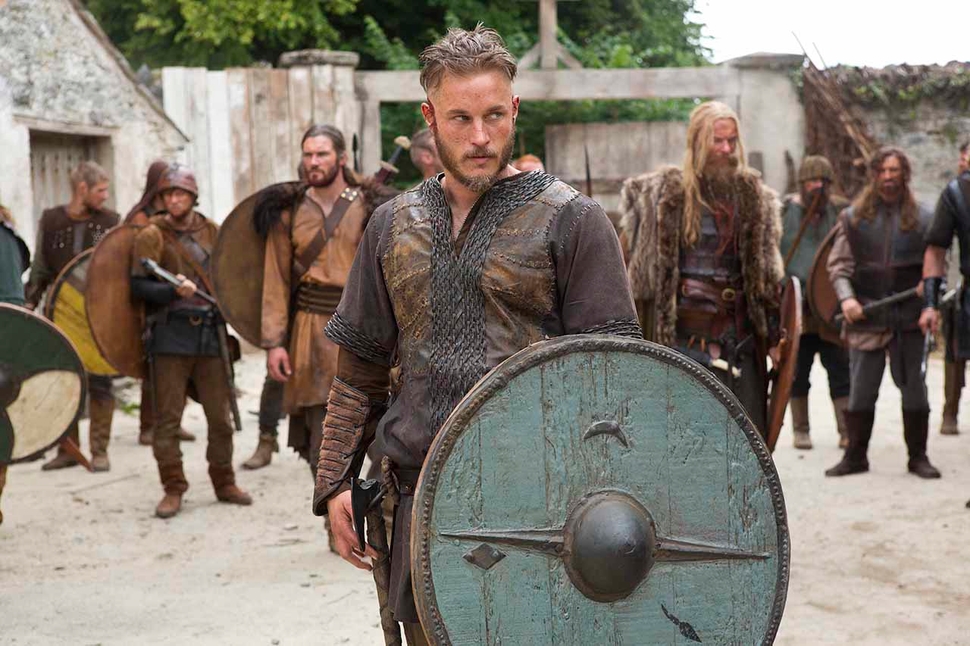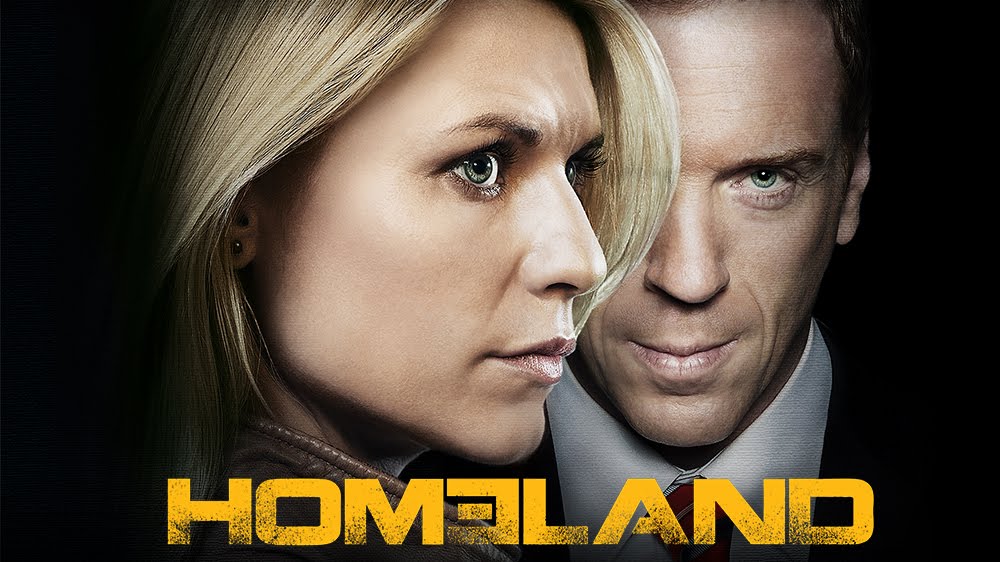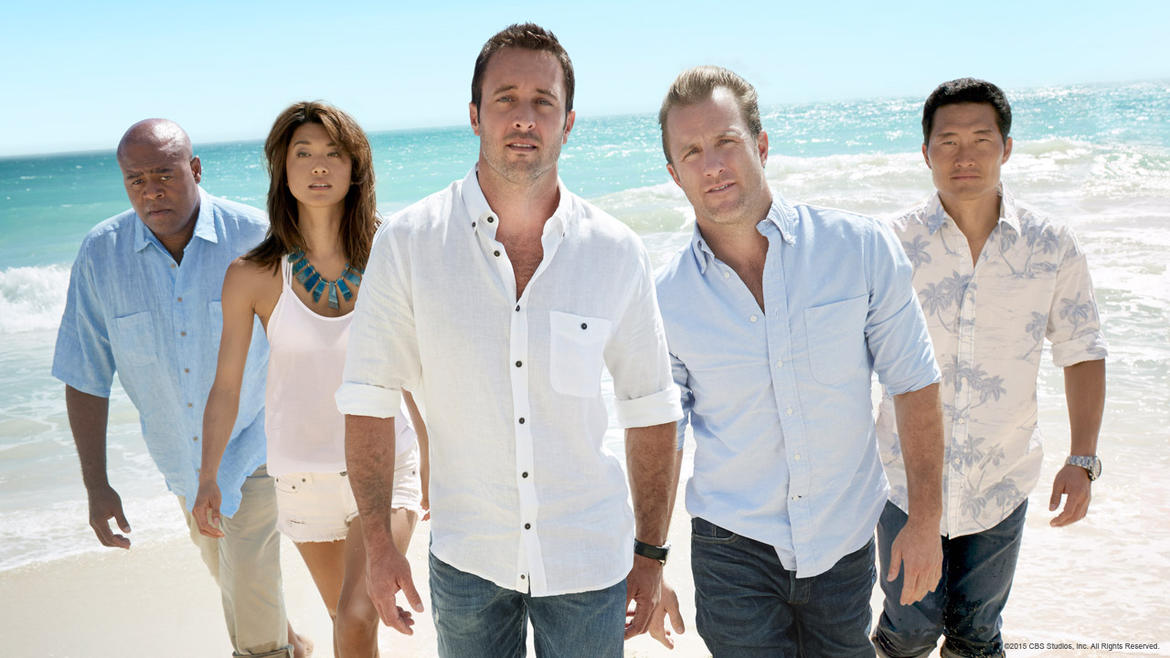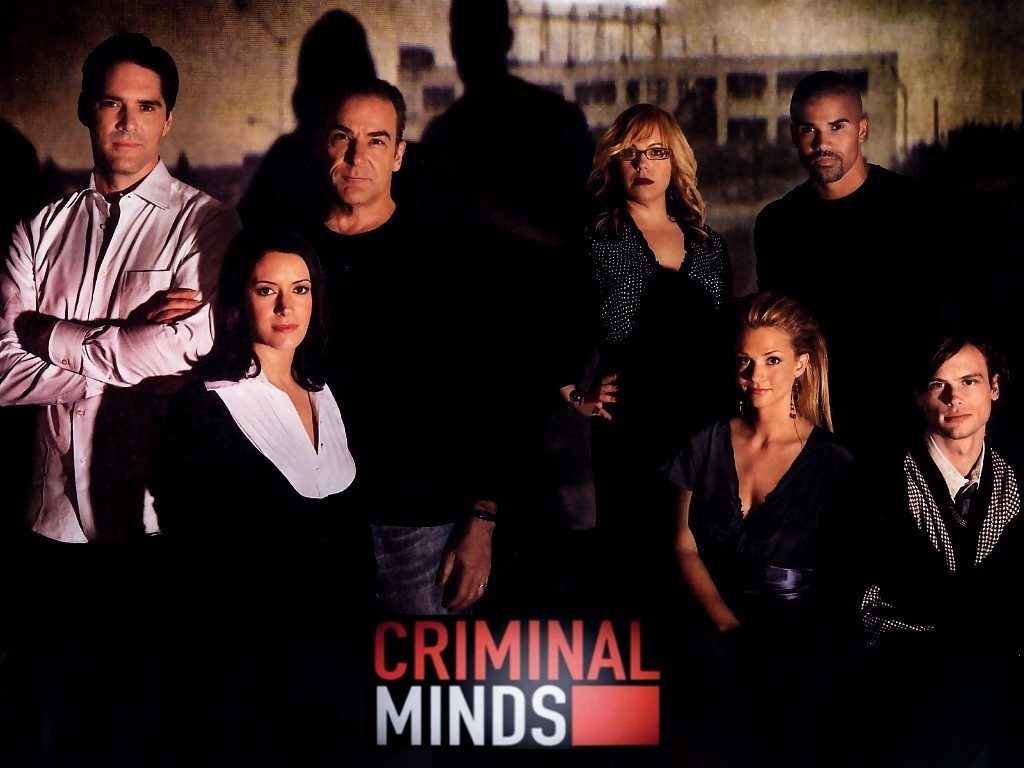Perhaps we can thank the success of lavish historical dramas such as Rome or the high-fantasy overtones of Game of Thrones for the newest kid on the swords-and-intrigue block, Vikings. The series premières March 3 at 10 p.m. (ET) on the History Channel.
An Irish/Canadian co-production, Vikings tells the story of ambitious Norseman Ragnar Longbrok (Travis Fimmel), who, in the year 729, defies Earl Haraldson (Gabriel Byrne) by secretly refusing to go raiding to the east in Russia. Ragnar tells his brother there’s no point pillaging the same settlements who are just as poor as they are. It’s based loosely on the exploits of the real Ragnar, who became a renowned chieftain.
The series was created and written by Michael Hirst, whose credits include Academy Award-winning film Elizabeth and the Emmy and Golden Globe-nominated series The Tudors. The first three episodes are directed by Johan Renck (Breaking Bad, The Walking Dead).
In the première, “Rites of Passage,” Ragnar believes a portable sundial he can use to judge latitude, and a “sunstone” with which to find the sun when the sky is overcast, will enable him to sail west. Across the open sea, he’s heard, there’s a land of riches called England.
The only problem is that no one else thinks he can do it, particularly Earl Haraldson, who brooks none of Ragnar’s appeals to send raiding parties west. Despite forbidding it, the earl suspects Ragnar will try anyway, and so follows a cat-and-mouse game in which Ragnar tries to line up a ship and crew without the earl finding out.
As the show makes clear, torture and execution are accepted tactics of interrogation for a Norse earl in a hurry.
The series is rich in historical detail and metaphor. On a battlefield swarming with ravens, Ragnar believes he sees an old man with a cloak, wide-brimmed hat and staff watching him – keen students of Norse mythology will recognize the figure as Odin, just as Ragnar does. The costumes and sets are beautifully designed, as is the longship Ragnar eventually procures from the shipwright Floki (Gustaf Skarsgård).
Viewers unfamiliar with the Old Norse culture are quickly brought up to speed through well-written dialogue, and what is revealed in one scene often pays off in others. Ragnar’s wife Lagertha (Katheryn Winnick) tells their children tales of monstrous Jormungandur, the world serpent, who encircles the seas along the edge of the world.
Later, this adds context when a hearty viking crew begins to lose heart about sailing too far into unknown waters. Jormungandur is out there, after all.
Lagertha shows she’s got plenty of mettle in the first episode, when two men show up at her household while Ragnar is away. They clearly want more hospitality from her than the food and drink she offers, and when they ignore her warnings, she trounces them, scarring one of them for life. As a former shieldmaiden, she doesn’t take a lot of guff.
Purists may criticize details, especially given the period Vikings is set in, sometimes referred to as the Dark Ages. This is when the Norse were predominantly pre-literate (Ragnar’s confusion at the importance of a manuscript he finds in a monastery is clear). It’s set more than a century before the first known Norse explorer reached Iceland, never mind Greenland or North America.



